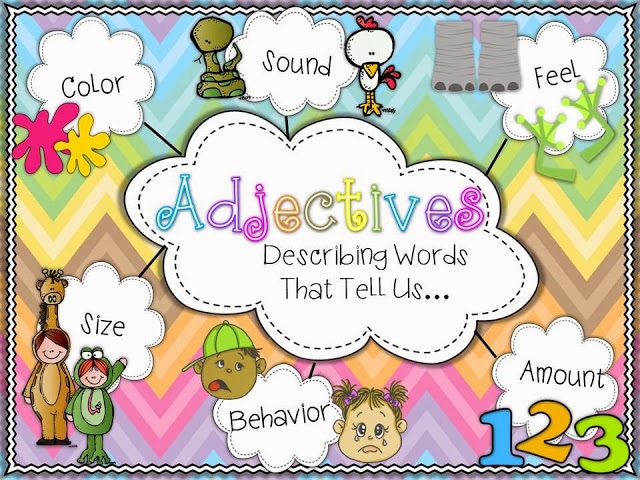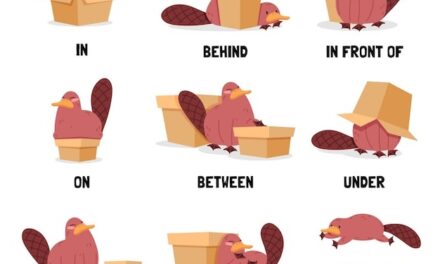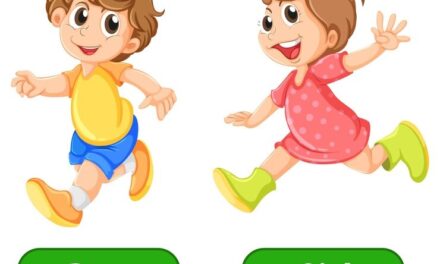What are Adjectives?
Imagine you’re at a park with many dogs. If your friend asks, “Which dog is yours?” you might say, “The brown dog with the long tail and friendly face.” The words ‘brown’, ‘long’, and ‘friendly’ are adjectives. They help describe the dog and make it easier for your friend to know exactly which one you mean.
Adjectives are words that describe nouns (people, places, animals, or things). They tell us more about:
– How something looks (tall, red, shiny)
– How something feels (soft, rough, smooth)
– How something sounds (quiet, loud, squeaky)
– What something tastes like (sweet, sour, spicy)
– What something smells like (fragrant, stinky)
– What kind something is (wooden, metal, plastic)
– How many of something there are (many, few, three)
Why do we use Adjectives?
Let’s look at two sentences:
- “I saw a bird.”
- “I saw a beautiful blue bird with tiny wings.”
Which sentence helps you picture the bird better? The second one, right? That’s because adjectives (beautiful, blue, tiny) paint a clearer picture in our minds. They make our writing more interesting and help readers understand exactly what we mean.
How to spot adjectives in sentences
Adjectives often appear:
- Before the noun they describe:
– The happy puppy played in the yard.
– She wore a red dress.
- After certain verbs like ‘is’, ‘are’, ‘was’, ‘were’:
– The cake is delicious.
– The children were excited.

















